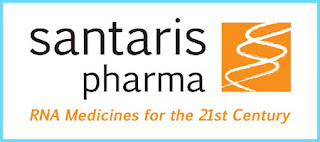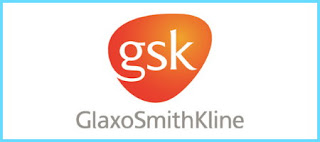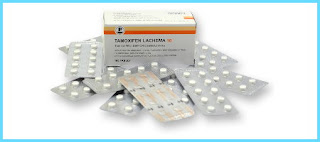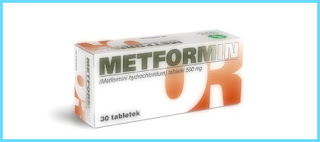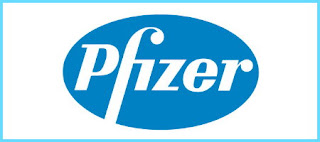
Novo Nordisk's new diabetes drug Victoza proved more effective than Merck & Co's Januvia in a head-to-head study, boosting prospects for a product that has got off to a strong start in key markets.
Daily injections of both high- and low-dose Victoza reduced blood sugar levels by more than a daily tablet of Januvia in people with type 2 diabetes who had not responded adequately to the older drug metformin, researchers said on Friday.
The results may help the Danish drugmaker, which funded the study published in the Lancet journal, to differentiate its medicine in a highly competitive marketplace.
Victoza is Novo's biggest new drug hope and is expected to generate annual sales of more than $1.4 billion by 2014, according to consensus forecasts compiled by Thomson Reuters.
After a delayed path to market, prescription trends suggest it is now doing well in both Europe and the United States, in contrast to disappointing sales of some other recently launched new drugs, such as Eli Lilly's bloodthinner Effient.
Mads Krogsgaard Thomsen, Novo's chief scientific officer, said the results followed other positive comparative studies and would bolster Victoza's reputation among medical experts.
"The fact that Novo Nordisk has now done most, if not all, of the major comparator studies against different classes of oral and injectable anti-diabetic drugs really shows our commitment to showing comparative efficacy in a serious way," he said in a telephone interview.
Novo demonstrated two years ago that Victoza controlled blood sugar better than Byetta, a drug from the same class of medicine that is sold by Eli Lilly and Amylin Pharmaceuticals.
Progress Report
With investors awaiting a progress report on Victoza's sales prospects when Novo reports first-quarter results on April 27, Thomsen said demand for the new drug was following the company's own "optimistic" expectations.
"We have overtaken Byetta in several European markets in the first nine months post launch and in the U.S. we are already seeing, nine weeks into the launch, a rather sizeable uptake," he said.
In the latest study, 1.8 milligrams of Victoza, or liraglutide, lowered levels of HbA1c -- a standard blood measure that is indicative of a patient's glucose levels -- by 1.5 percentage points against 0.9 percent for Januvia, or sitagliptin.
The lower dose of 1.2 mg of Victoza cut HbA1C by 1.2 points in the six-month trial.
Researcher Dr Richard Pratley of the University of Vermont College of Medicine and colleagues said the difference was "clinically relevant," adding that patients on Victoza, which caused some nausea, also lost more weight.
In an accompanying comment, Dr Andre Scheen and Dr Regis Radermecker of Belgium's University of Liege said 1.2 mg of Victoza should be considered as a starting dose in most cases, with patients moving up to 1.8 mg if necessary.
On the downside, they noted that Januvia was cheaper, caused fewer gastrointestinal upsets and "one pill of sitagliptin daily might be judged as easier to administer than one subcutaneous injection of liraglutide daily."
read more»
Read more...

















